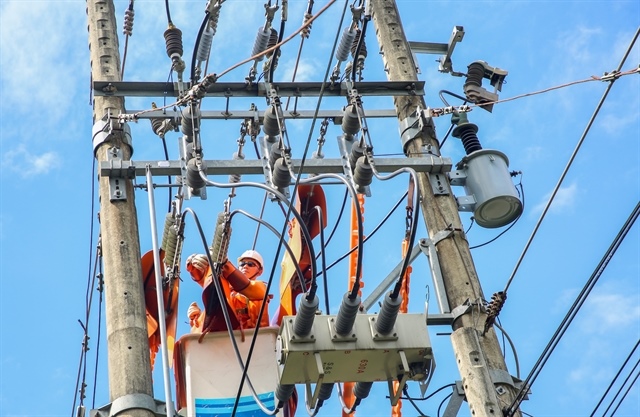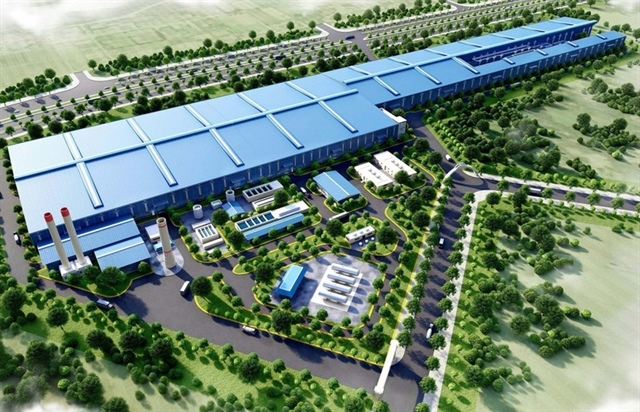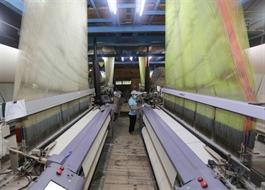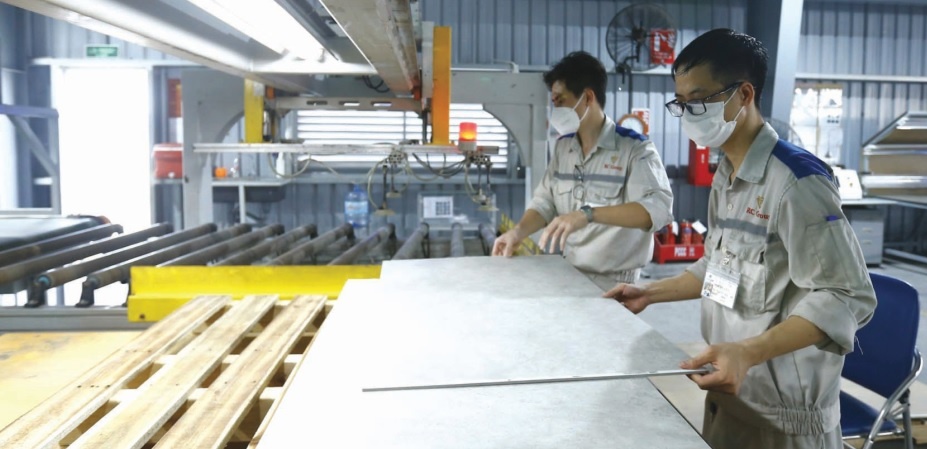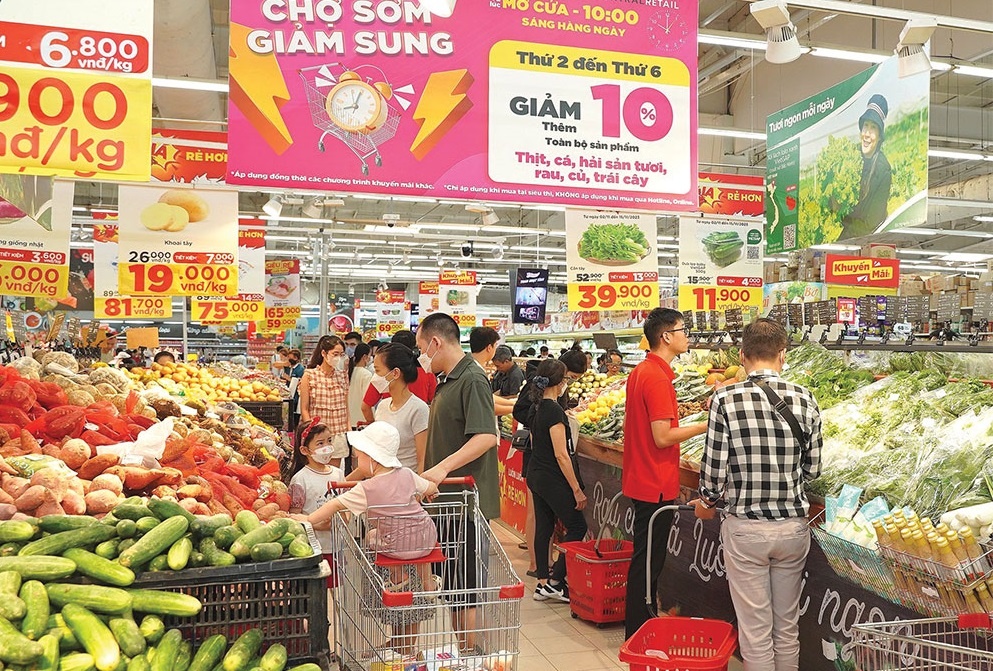Only 27% of organisations in Việt Nam fully prepared to deploy AI
Only 27% of organisations in Việt Nam fully prepared to deploy AI
Only 27 per cent of organisations in Việt Nam are fully prepared to deploy and leverage Artificial Intelligence (AI)-powered technologies, according to Cisco’s inaugural AI Readiness Index released this week.

Only 27 per cent of organisations in Việt Nam are fully prepared to deploy and leverage Artificial Intelligence (AI)-powered technologies. — Photo courtesy of Cisco |
The Index, which surveyed over 8,000 global companies, was developed in response to the accelerating adoption of AI, a generational shift that is impacting almost every area of business and daily life. The report highlights companies’ preparedness to utilise and deploy AI, showcasing critical gaps across key business pillars and infrastructures that pose serious risks for the near future.
The new research finds that while AI adoption has been slowly progressing for decades, the advancements in Generative AI, coupled with public availability in the past year, are driving greater attention to the challenges, changes and new possibilities posed by the technology. While 92 per cent of respondents believe AI will have a significant impact on their business operations, it also raises new issues around data privacy and security. The Index findings show that companies experience the most challenges when it comes to leveraging AI alongside their data. In fact, 68 per cent of respondents admit that this is due to data existing in silos across their organisations.
However, there is also positive news. Findings from the Index revealed that companies in Việt Nam are taking many proactive measures to prepare for an AI-centric future. When it came to building AI strategies, 99 per cent of organisations already having a robust AI strategy in place or are in the process of developing one. More than 87 per cent of organisations are classified as either Pacesetters or Chasers (fully/partially prepared), with only 2 per cent falling into the category of Laggards (not prepared). This indicates a significant level of focus by C-Suite executives and IT leadership. This could be driven by the fact that almost all respondents said the urgency to deploy AI technologies in their organisation has increased in the past six months, with IT infrastructure and cybersecurity reported as the top priority areas for AI deployments.
“As companies rush to deploy AI solutions, they must assess where investments are needed to ensure their infrastructure can best support the demands of AI workloads,” said Liz Centoni, Executive Vice President and General Manager, Applications and Chief Strategy Officer, Cisco. “Organisations also need to be able to observe with context how AI is being used to ensure ROI, security, and especially responsibility.”
The new Cisco AI Readiness Index is based on a double-blind survey of 8,161 private sector business and IT leaders across 30 markets, conducted by an independent third-party surveying respondents from companies with 500 or more employees. The Index assessed respondents’ AI readiness across six key pillars: strategy, infrastructure, data, talent, governance, and culture.
Companies were examined on 49 different metrics across these six pillars to determine a readiness score for each, as well as an overall readiness score for the respondents’ organisation. Each indicator was assigned an individual weightage based on its relative importance to achieving readiness for the applicable pillar. Based on their overall score, Cisco has identified four groups at different levels of organisational readiness – Pacesetters (fully prepared), Chasers (moderately prepared), Followers (limited preparedness), and Laggards (unprepared).


